Shelter
It was my birthday when I went to Rònaidh first. A place I wanted to see since I was little but I had always missed the boat. It is about forty miles north of my house near the Butt of Lewis. I went on the sixth of August aged thirty eight on the yacht ‘Song of the Whale’ with a group of scientists, writers and artists.
I come from the village of Ness and we have a connection to the two islands to the north – Sùlaisgeir for gannets every year and Rònaidh, which was populated up until the mid 1800’s and with which there is much connection.
I was in school with the kids from the family that keep sheep there. They would go out every year that the weather would let them and shear them. They would take them home half-wild, on their fishing boat. Passing them hand over hand and a little dazed from boat to pier.
Fish caught on the way would be divided into piles, one man’s back to them and another pointing and naming. I remember a red gurnard amongst them, a cnòdan.
Coming to Rònaidh, it makes you think of it sitting quietly in the sea, hidden and curved. Wildlife, sea, sweeps of cliffs and frames of beauty everywhere. We came ashore and I decided to walk by myself to the village.
In the chapel near the houses, I came upon three milling stones. They were lined on a wall, on the other side of the doorway were old stone crosses. The absence I felt of the people was brought into relief as I was sure it was my uncle who had placed the items there. It so exactly mirrored the collection of objects around his front door. He is a picker and transporter of shells and stones, which he also contains in his relic in the porch. I will ask him and see if I am right.
A young bird sat in the roofed part of the chapel, fluffy and aggressive and big noised in the dark. So I sat on top of the circular wall and ate an apple.
The stonework of the houses is very strong. Walking nearby I found indented circles in the ground from which they might have awoken the stones for building.
I had relatives who had once lived in the village – my great grandfather who had spent a year there, hiding from the excise man who was after him for illegally distilling whisky. When he returned to Lewis his neighbour said he could see Rònaidh from the top of Mùirneag, the little mountain, on a clear day. He said that if he did that his heart would break.
I don’t think of my waiting so long to go to Rònaidh as laziness, rather I think it is a fine example of waiting for the time to be right – much finer to wait for the right boat and the right people and the right weather than rush around willy-nilly.
I found a good spot to sit and think. They had spent time thinking of where to place their village. Every stone is heavy and hard won from the ground and heavy to carry – so I imagine their place of shelter took shape in a considered and exact way. You can see sitting there that you want the worst weather to your back, but not so sheltered as to get rid of all the breezes for the midgies. The houses were close together, sheltering one another, hunkered under turf barricades. I imagined they were very comfortable when there were people in them and fire and food and children.
One looked very similar to Skara Brae, a dresser built into the rock wall. But this was much better, no paths marked out for you and enforced distance.
The turf roof remains were thick, I did not know if they had been that thick when they were first laid, or whether the peat has been added to by small millimetres every year.
There is a picture by the photographer Gus Wylie of my uncle reading a book by the light of the moon with a slope to his back, a perfect spot, curved like a shell becoming wall and moonlight like day. I looked around a little for that spot but I had my own spots to find.
An artist from the boat called Sion would appear in odd silhouettes and I liked that.
I walked across the lazybeds. There was a central path and you could imagine somebody walking between the rows on either side and looking at his potatoes. Every motion of work, stone and soil piled up to create the ghosts.
Sion appeared again in an unlikely place.
Mary, an architect, sat beside me. She drew the stones and coloured the joins between them with her pen. We walked to the top middle of the island and fell asleep looking at Fianuis.
Fianuis is the flat north of the island, I think it is the only place I know where the views are better looking up than down. I don’t know how the name attached. It can mean ‘witness’ in Gaelic. It also means finding religion as well. There must be a third meaning I don’t know.
There is so much I don’t know. I am a concrete example of cultural erosion. I know less about myself and the place than the people that came before me. I trust too much that knowledge stored in someone else’s books is good enough – but it isn’t when brought to this human scale. Travelling on a boat, talking to people, it should be on the tongue.
Sometimes I look through the layers of things and at the constant hidden erosion and change. Change is buried in the nature of existence. As is, for humans, attachment and desire. But I fear for the hidden and overwhelming erosions around us which I help cause. My actions are a grain of sand of destruction in the lives and beings of other things.
I want to bury my face in the soil and be these people, but these people have gone and the birds they saw have gone and the sea they saw is gone. But at least there is the smallest thread between us showing how they loved and looked at their hard but beautiful world and maybe I will be saved.
END.
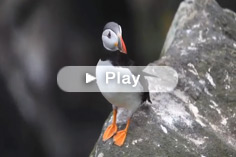

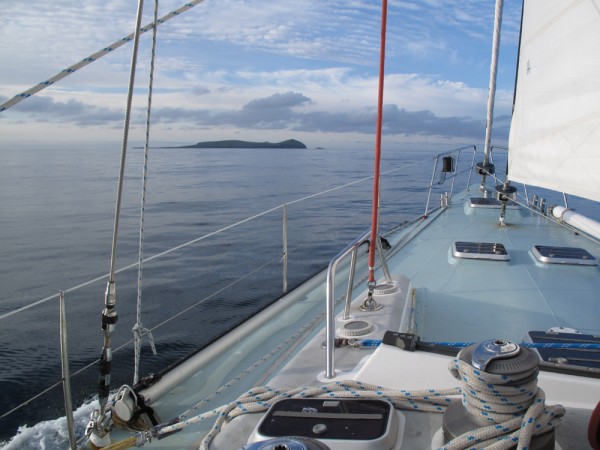
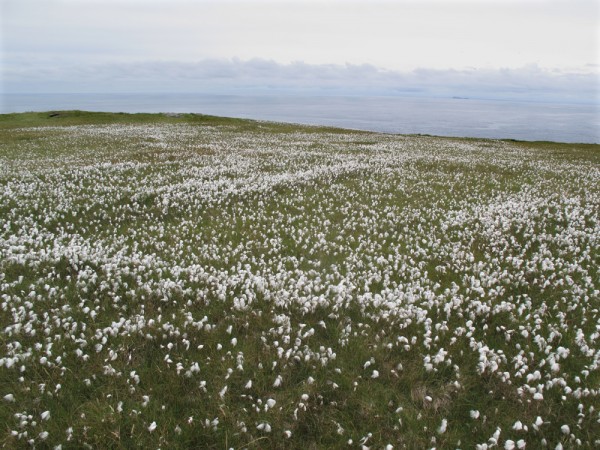

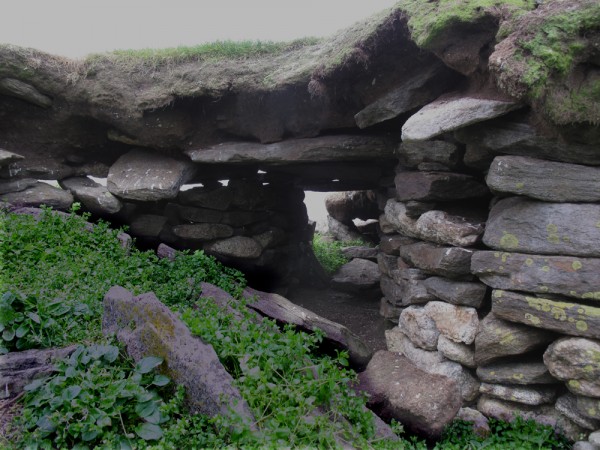

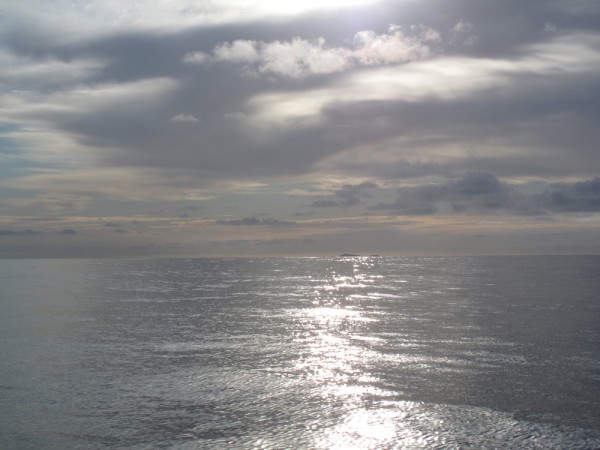

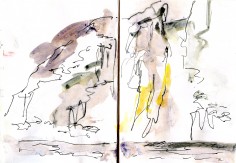
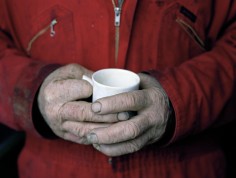
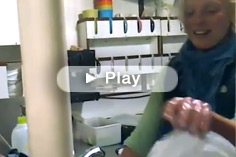


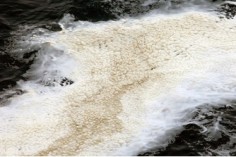
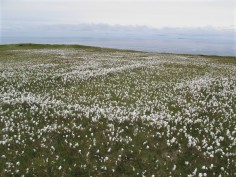

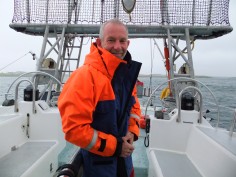








Read this, sitting in a flat in Leith, a couple of projects on but feel connected to all those describing their experiences gained through the voyages on Song of the Whale. Thanks Iain.